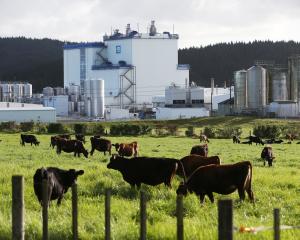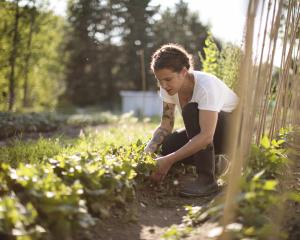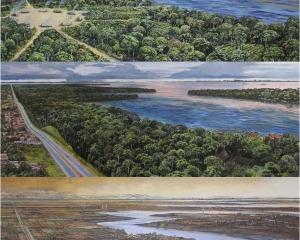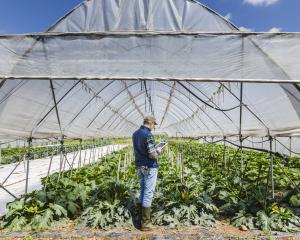
The release this week of the Government’s consultation document on pricing agriculture greenhouse gas emissions has created eye-catching headlines. From "world leading", to "greenwashing", to "ripping the guts out of small towns", we were inundated with competing claims about the implications of approaches to address climate change in the agricultural context.

The agricultural sector had successfully argued for nearly two decades to be exempt from the Emissions Trading Scheme (ETS) that accounts for emissions from all other industries. This shifted in 2019 when He Waka Eke Noa - Primary Sector Climate Action Partnership was established to work with iwi to develop a system for accounting and pricing emissions at the farm level to equip farmers with the knowledge and tools to reduce and offset emissions.
A plan was put forward to government, as an alternative to the ETS, to introduce a levy on methane by 2025, with revenue used to support farm-level mitigation and sequestration efforts. The Government has largely accepted the sector’s proposal and is consulting on the process and level of pricing, which has generated a significant amount of disagreement over the finer details.
The question is, will it actually reduce our agricultural emissions? If we set aside those finer details, there are three simplified future scenarios that exist for agriculture that operate within our climate targets. They include off-setting, technological innovation and reduced stock numbers. On their own, they are unpalatable, but some combination of the three might be feasible.
Off-setting, or planting trees to account for the greenhouse gas emissions from agriculture is one option. Under the Zero Carbon Act, we have pledged to reduce methane gases to between 24 and 47% below 2017 levels by 2050. Just last week, the Parliamentary Commissioner for the Environment released a report that calculated the amount of land required to offset our current agricultural emissions.
The report suggests that to achieve a 30% reduction (mid-way between our targets) would require maintaining an additional 2.3 million hectares in pine plantations. As a reference point, we currently have 9 million hectares of land in pastoral agriculture and 1.7 million in plantation forestry. The cost of maintaining the status quo in agriculture is 0.6ha, 0.4ha and 0.08ha of pine trees for every dairy, beef and sheep animal respectively. The conclusion of the report is that planting trees is not the solution, we need to reduce actual agricultural emissions.
There has been much attention placed on technological solutions. Technology is often seen as the silver bullet that will preserve the status quo by making agriculture more efficient in terms of emissions. Government (and to a lesser extent industry) has already invested hundreds of millions of dollars over the past 10 years directly in emission reduction technologies.
They include trials and experiments in genetics and feed supplements to reduce emissions in animals. Some, such as the breeding of low-emission sheep are, after 10-15 years of research and development, now making their way into paddocks around the country, while others are still experimental. For example, initial trials reported on in the ODT earlier this week suggest that feeding calves probiotics might reduce methane emissions from those animals by up to 20%. But there is still a fair bit of uncertainty about results, and how quickly technological innovations can be widely adopted. As of yet, there is no single technological innovation that can deliver the necessary reductions required to reach our climate targets. The status quo supported by technological innovation seems highly unlikely.
Finally, we could regulate total emissions by placing a cap on livestock numbers. A 30% reduction in dairy, beef and sheep numbers across the board would provide certainty in terms of meeting emission reduction targets. It would also free up land for other uses. It would presumably also lead to a reduction in agriculture-related water use and pollution. But it would also have significant impacts on our export economy, on livelihoods and on the make-up of rural communities. It is a scenario that is probably socially and economically unpalatable.
Each of these scenarios on their own are highly unlikely. The future of agriculture in a climate constrained world will require a combination of all three. And it should result in an agricultural sector in 2050 that operates differently from today. However, it is useful to consider them in isolation to identify solutions that are being emphasised or under-emphasised and to critically question the claims that are made. What are some of the unstated assumptions about the future of farming? Do we have the right balance? Are we making the necessary investments across scenarios?
The transition required for agriculture should not be born solely by farmers, it is something we all need to address. Urban, rural, producers or consumers, we all have a stake in the future of farming systems that are aligned to a low-emission society.
Sean Connelly is a senior lecturer at the University of Otago School of Geography. Each week in this column, one of a panel of writers addresses issues of sustainability.












